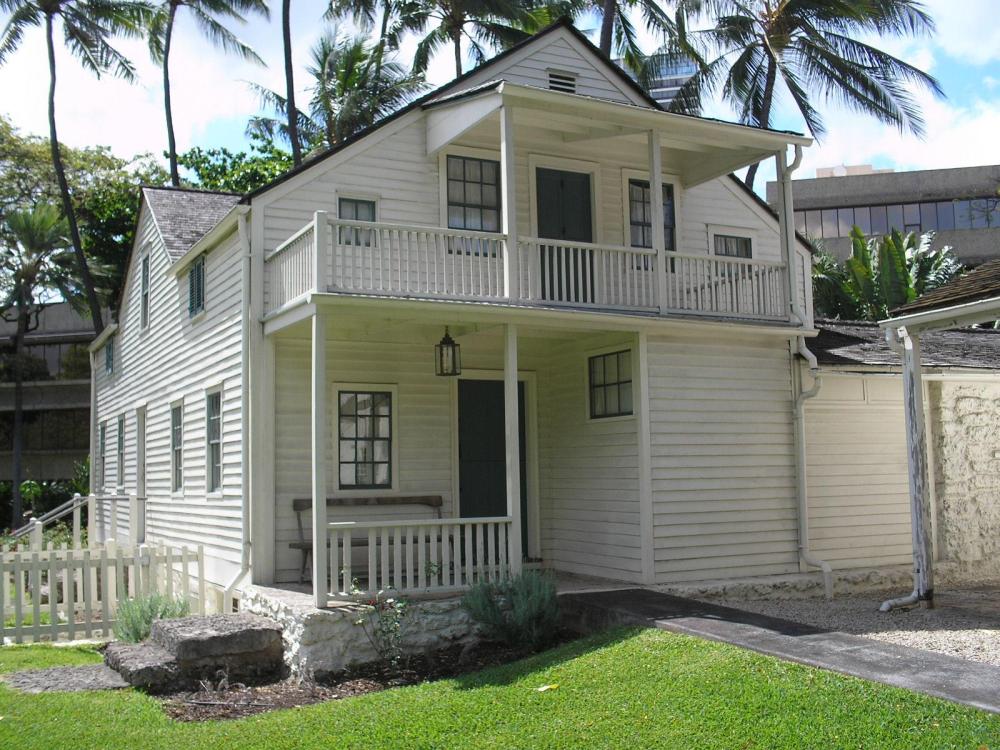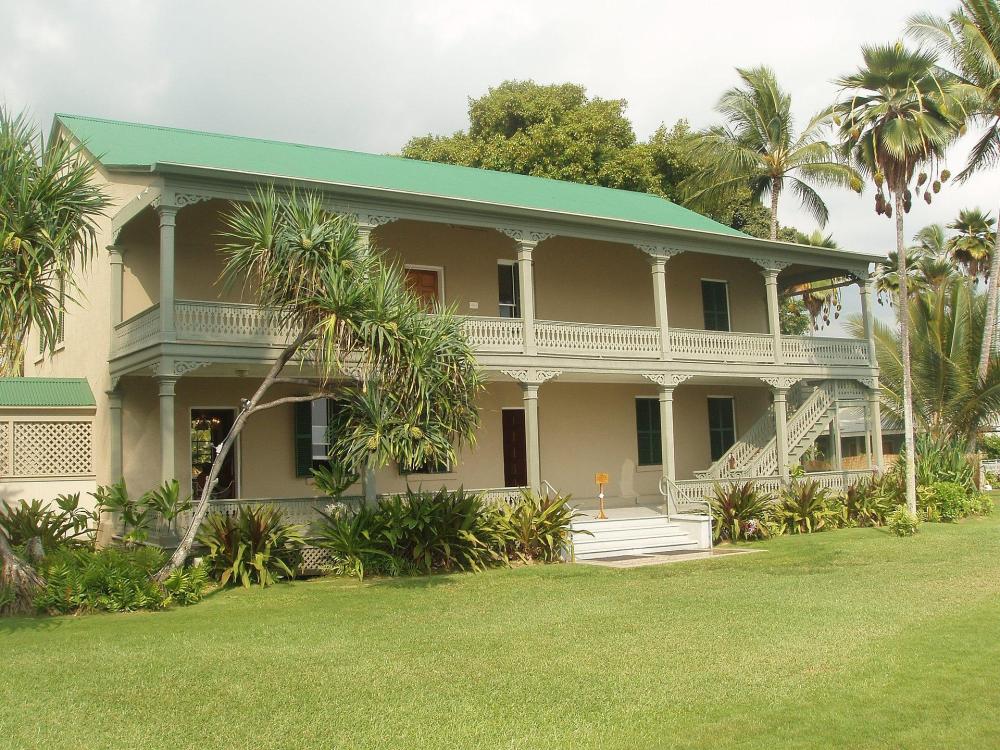A Walk Through Hawaiian Architecture
For centuries Hawaii has been smack in the middle of some of the world’s busiest oceanic trade routes, making it a cultural melting pot that puts even the continental United States to shame. Our cultural diversity is obvious once you start to look, appearing in everything from slack-key Hawaiian guitar to street foods like spam musubi.
The most monumental example of Hawaii’s cultural mashup is its architecture. Honolulu’s built environment, in particular, pays homage to the many world cultures that have passed through here: Polynesian, British, American, Japanese, Australian, and more have all left their mark. Each of these cultures introduced unique architectural elements, while embracing innovations like high ceilings and central courtyards that made life comfortable in hot, humid Hawaii.
This cultural fusion didn’t come naturally, at first. The earliest American settlers tried to import their own architecture without modification, and the result was nothing short of disaster.

![]()
The 1821 Mission House, also known as “Ka Hale La’au,” still stands at the heart of Honolulu and is a testament to these early missteps. Its built on a white pine frame that was timbered in Maine and fitted in Boston, before being shipping halfway around the world to house missionaries in Hawaii. The building’s low ceilings and small rooms were easy to heat during New England’s frigid winters, but in Hawaii they became petri dishes of mold and bacteria.
Ten years later, missionaries showed that they had learned from their mistakes and built the 1831 Chamberlain House out of local materials, mostly coral blocks cut off shore and timber from salvaged ships. Although the materials were much easier to gather and ship than New England lumber, the home was still built in a Yankee fashion and was uncomfortable to live in during Hawaii’s long, hot summers.
The 1838 Hulihe’e Palace is maybe the first, best combination of an American sensibility with Hawaiian folk knowledge about how to stay cool and dry in the tropics. Built from lava rock by John Adams Kuakini, the governor of Hawaii during the Kingdom of Hawaii period, it quickly became the summer home of Hawaiian royalty. Instead of the simple, boxy exterior of the Mission and Chamberlain Houses, Hulihe’e Palace is lined with long, covered verandas called “lanai,” now a staple of Hawaiian architecture. The lanai and the cultivated gardens that surround the Palace afforded many opportunities for residents to enjoy time outside in the shade, while the palace’s lava rock construction wicked away excess moisture inside.

![]()
Many iconic structures in Hawaii exhibit lanai, gardens, and other features pioneered at Hulihe’e, including the famous Iolani Palace, built in 1882. The 1901 Moana Hotel also embraced these innovations, incorporating high ceilings, cross-ventilated windows, balconies and lanai. Most importantly, the builders of the Moana Hotel realized what the builders of the Mission House did not: that Hawaii’s greatest architectural resource is the breathtaking setting that its buildings exist in. The Moana Hotel and many other iconic Hawaiian structures are open to this natural splendor, inviting inhabitants to never lose touch with the outdoors—even when they venture in.
Written by Chris, a local expert guide for Waikiki Crawling. A historian on the lam from the world of academia, Chris enjoys gardening, hiking, and playing at open mic nights after one too many beers. Want to learn more about Honolulu’s hidden history? Join us on an Aloha Pub Crawl!
